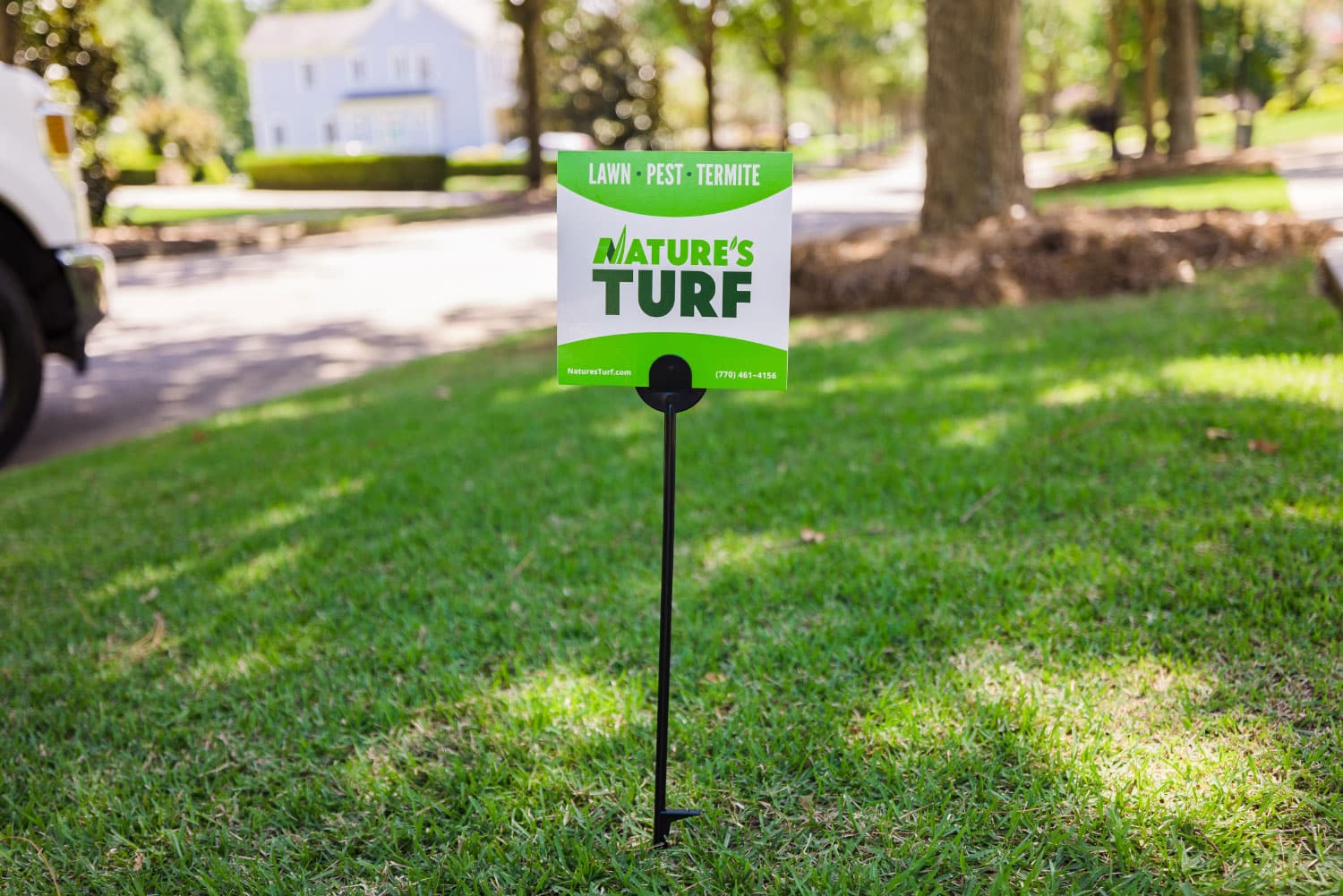There’s something nice about waking up to a cold, fall morning that reminds us that the holidays are just around the corner. While our lawns and landscapes demand a lot of our attention during the growing season, they have now nearly slowed to a halt. What does that mean for the equipment you use to maintain your lawn? You can store a lawn mower in the shed, but the irrigation system stays in the ground. Once you put your mower away, it’s probably time to winterize your irrigation system to protect it.
What Does Winterization Mean?
Winterization is the series of acts performed to prepare your irrigation system for the freezing temperatures it will experience in winter. Most liquids shrink when they turn into solids, but that’s not the case for water. It expands as it freezes and can cause damage to the pipes it occupies, as well as the small components in irrigation heads. Here are the steps to winterize your irrigation system:
- Turn off the Water: Your irrigation system should have a valve at the water source. Step 1 is making sure that valve is closed so no new water can enter the system as you’re draining it.
- Disable the Scheduling: Turn off the scheduling on your irrigation system. This keeps the valves from operating unnecessarily. Most modern irrigation systems will allow you to do this in a way that doesn’t compromise your scheduling. If not, it’s a good idea to write down the details so you remember which settings got your best results in the season prior.
- Get the Water out of the System: This is done a couple of different ways, depending on the system. Some systems have valves that allow for this to happen, while others need the water to be blown out with compressed air. If you aren’t comfortable doing this yourself, some irrigation companies offer these services.
When Should I Winterize My Irrigation System?
Winterization occurs at different times each year, and is dependent on weather. A warm autumn may mean that your irrigation system needs to stay on longer to provide your turf with water so it doesn’t desiccate on its way into dormancy. A cool autumn and early frost will result in earlier dormancy, meaning you can winterize sooner.
A good rule of thumb is to winterize your irrigation system within a few days of the first hard frost. Once frost occurs on our warm-season hybrid bermuda and zoysia lawns, they enter dormancy, turning tan and ceasing active growth. The lawn requires less water at this point, and conditions usually generate lower evaporation and transpiration rates, meaning there is less need for irrigation.
Through much of winter, our weather patterns stay wet enough in the Atlanta area to keep the root systems sufficiently watered. While the shoots and leaves of our turfs have been killed by the cold, the roots are alive and well and mustn’t dry out. Fortunately, only extremely long periods of drought would require a premature de-winterization.
When Should I De-Winterize My Irrigation System?
The time to de-winterize your system is when the last freezes have passed, and the turfs are in the beginning stages of breaking dormancy. Grasses are growing voraciously at that point and need lots of water to produce those new shoots, roots, and leaves and absorb all of the nutrients. Until then, leave your irrigation system empty, waiting on warmer days.
Still Have Questions? Ask the Experts!
If you have questions or concerns about when to winterize your irrigation system, fall or winter lawn health, or the treatments we perform during the fall and winter seasons, we’re always glad to talk. Text or call us at 678-831-6343, or email us at info@naturesturf.com, where we can help answer any additional questions you may have.








